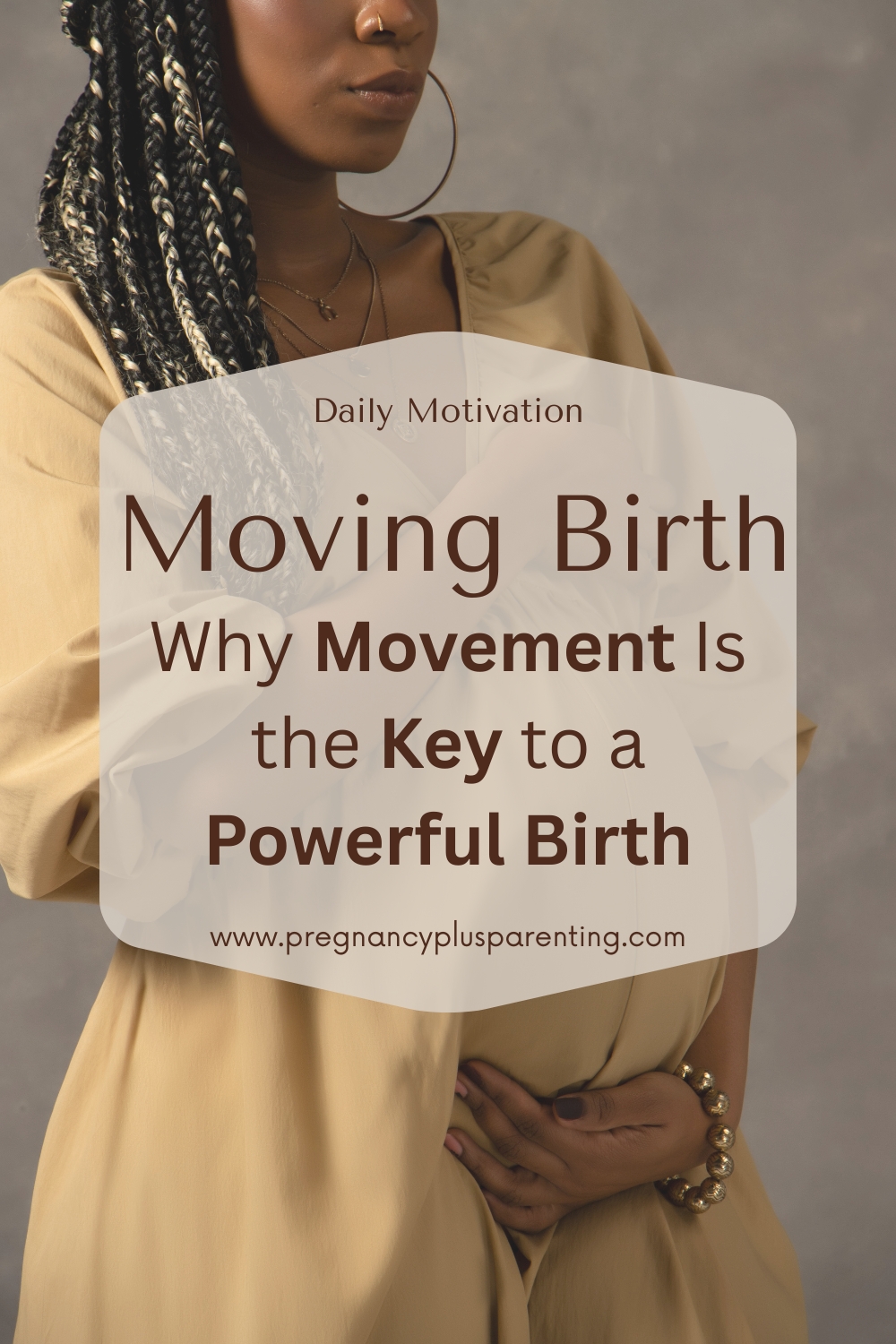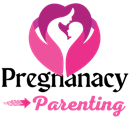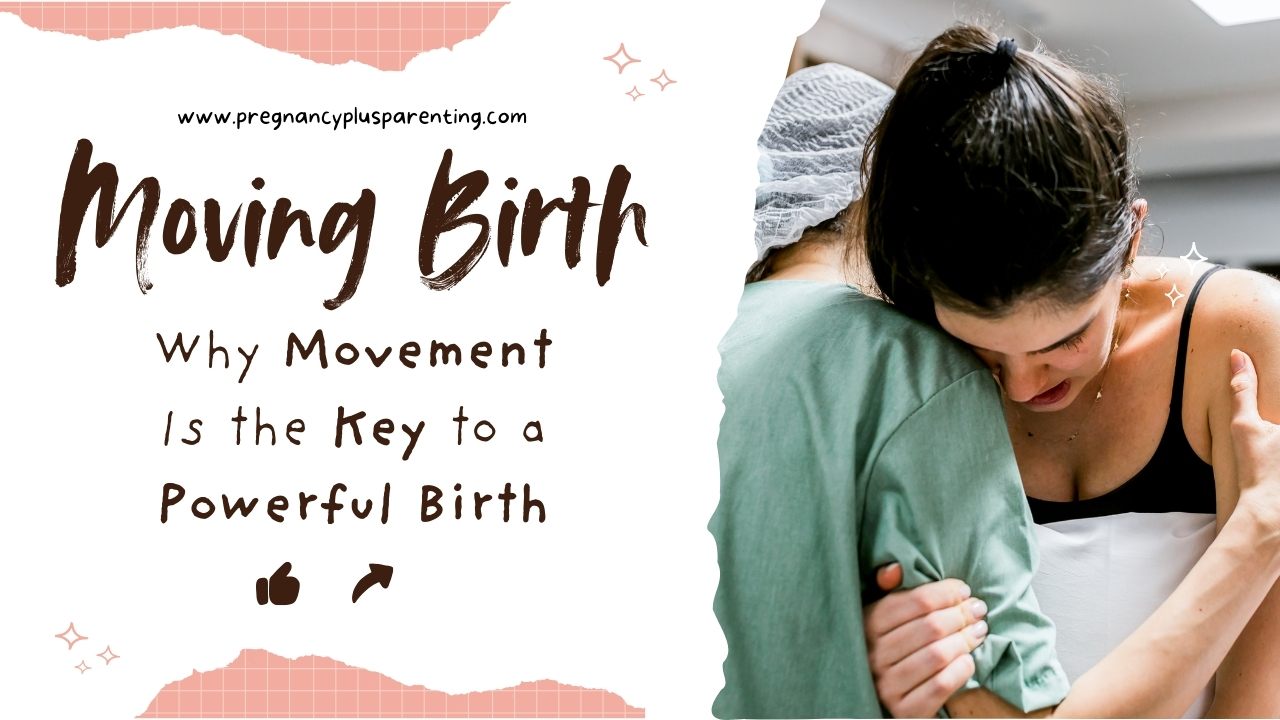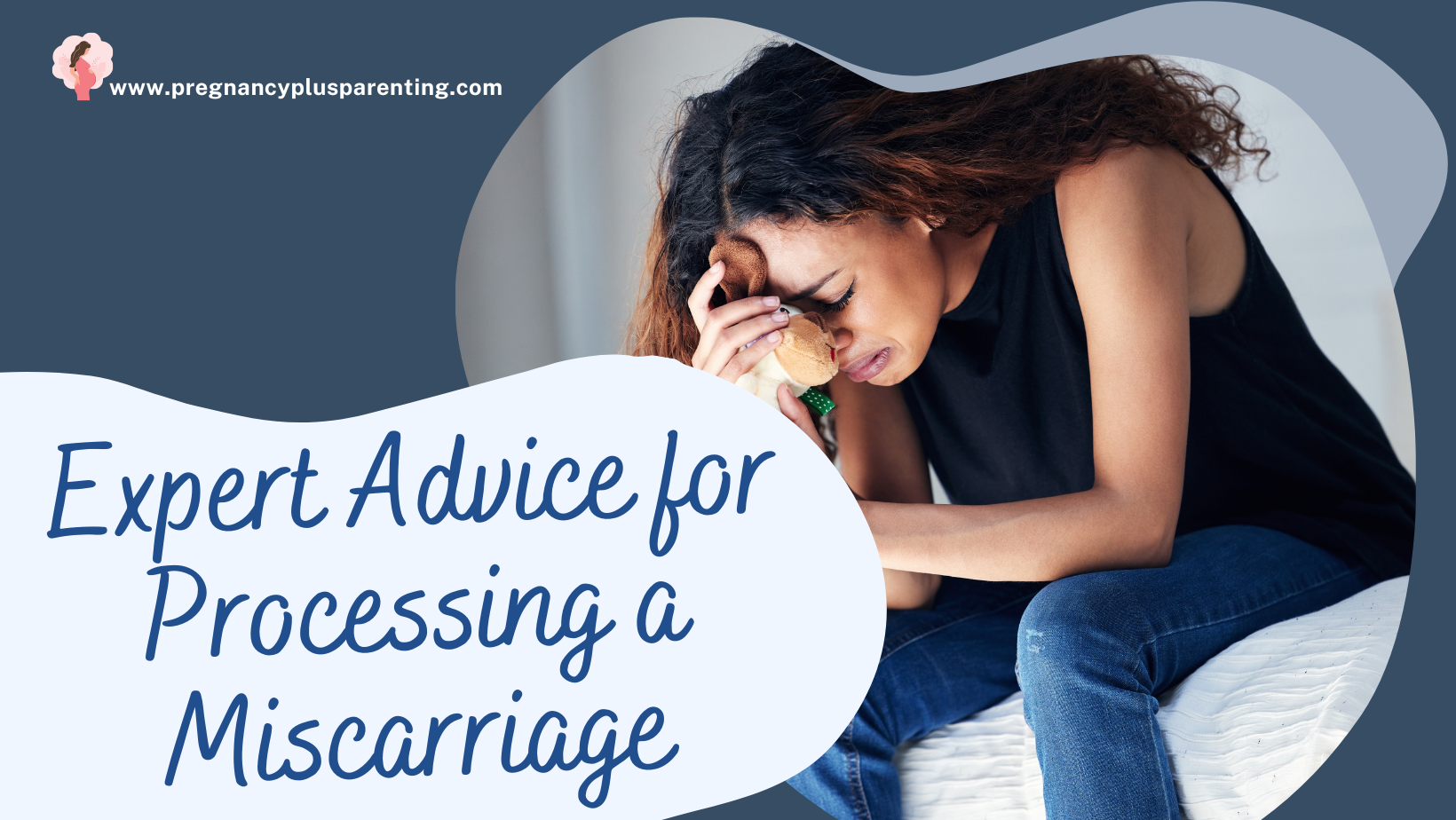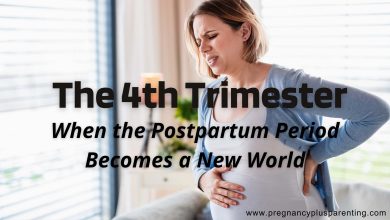Moving Birth – Why Movement Is the Key to a Powerful Birth
Introduction
Have you ever thought of birth as movement in its purest form? While many people picture childbirth as lying on a bed, waiting through contractions, the truth is very different. Birth is an active process. Your baby works its way through your pelvis, and your body responds by opening, shifting, and adapting. Movement isn’t just helpful—it’s powerful.
The Science Behind Birth and Movement
Childbirth is more than contractions; it’s a coordinated dance between mother and baby. As the baby moves millimeter by millimeter through the pelvis, the mother’s body responds. Ligaments stretch, the pelvis tilts, and muscles expand to make space. Hormones like oxytocin and relaxin further support this process. Movement encourages this natural flow, helping the baby find the best position.
Why Movement Matters During Labor
Movement is nature’s best tool during childbirth. Here’s why:
-
Gravity helps: Upright positions allow gravity to guide the baby downwards.
-
Less pain, naturally: Moving reduces pressure on nerves and eases contractions.
-
Quicker labor: Active mothers often experience shorter labors compared to lying down.
Common Misconceptions About Birth
For years, society has portrayed birth as passive. From movies to hospital practices, women are often shown lying flat. But this isn’t always the most effective or natural way. Lying down can slow labor and increase discomfort. Understanding this helps women reclaim birth as an active, empowered experience.
The Power of Upright Positions
Your position during labor matters. Upright movements encourage progress and comfort.
-
Standing and walking: Keeps contractions steady and effective.
-
Squatting and kneeling: Widens the pelvis for easier passage.
-
Birthing ball sitting: Relieves pressure and promotes gentle rocking.
Spinning Babies® Techniques
Spinning Babies® focuses on balance, movement, and space. It teaches exercises that align the pelvis and encourage the baby into the best position. From daily essentials like forward-leaning inversions to hip lifts, these movements prepare mothers for a smoother birth journey.
Best Exercises for Labor Preparation
Movement doesn’t start in the delivery room—it begins in pregnancy. Some helpful practices include:
-
Prenatal yoga: Improves flexibility and breathing.
-
Pelvic tilts: Strengthen muscles and release tension.
-
Hip circles: Encourage pelvic mobility.
Positions That Help During Active Labor
Each stage of labor benefits from different movements:
-
Hands-and-knees: Reduces back pain and eases pressure.
-
Side-lying rest: Offers rest while keeping the pelvis open.
-
Forward leaning: Relieves contractions and aligns the baby.
Tools to Support Movement in Labor
Sometimes, little tools make a big difference:
-
Birthing ball: A favorite for rocking and bouncing.
-
Rebozo scarf: Used by partners to support comfort and relaxation.
-
Walls and chairs: Help with balance during squats or leaning.
Emotional Benefits of Moving in Birth
Movement isn’t just physical—it’s emotional. Staying active boosts confidence, gives a sense of control, and deepens the connection with your baby. You’re not just lying there waiting; you’re actively guiding the journey.
Partner’s Role in Supporting Movement
Birth is teamwork. A supportive partner can:
-
Offer massage or counterpressure.
-
Help with shifting positions.
-
Provide encouragement and reassurance.
Movement During Different Birth Stages
-
Early labor: Gentle walking, stretching, and breathing.
-
Active labor: Upright positions, hip sways, and squats.
-
Transition phase: Rest positions combined with breathing.
-
Pushing stage: Squatting or semi-sitting for effective pushes.
When Movement Might Be Limited
Not all situations allow free movement. With an epidural, for example, walking may not be possible, but gentle position changes can still help. Even in cesarean births, pre-surgery movement and breathing can support the process.
Pregnancy Preparation for a Moving Birth
Preparing your body during pregnancy sets the foundation. Daily stretches, posture awareness, and low-impact activities like swimming make a difference. Mind-body practices such as meditation with movement also prepare you emotionally.
Conclusion
Birth is not about lying still and enduring contractions—it’s about embracing movement. By staying active, mothers empower themselves, ease the process, and support their babies’ journey into the world. Movement is not just a tool; it’s the key to a powerful birth.
FAQs
1. Is movement safe for every pregnant woman?
Yes, but always check with your healthcare provider, especially if you have pregnancy complications.
2. Can movement replace pain relief medications?
Not always, but it can significantly reduce discomfort and sometimes delay or reduce the need for interventions.
3. How can I practice Spinning Babies® at home?
You can follow their guided exercises online or attend workshops tailored for expectant mothers.
4. What if I feel too tired to move during labor?
Even small changes in position, gentle rocking, or leaning can make a big difference.
5. Are there risks to moving too much during birth?
Generally, movement is safe. The key is listening to your body and adjusting as needed.
